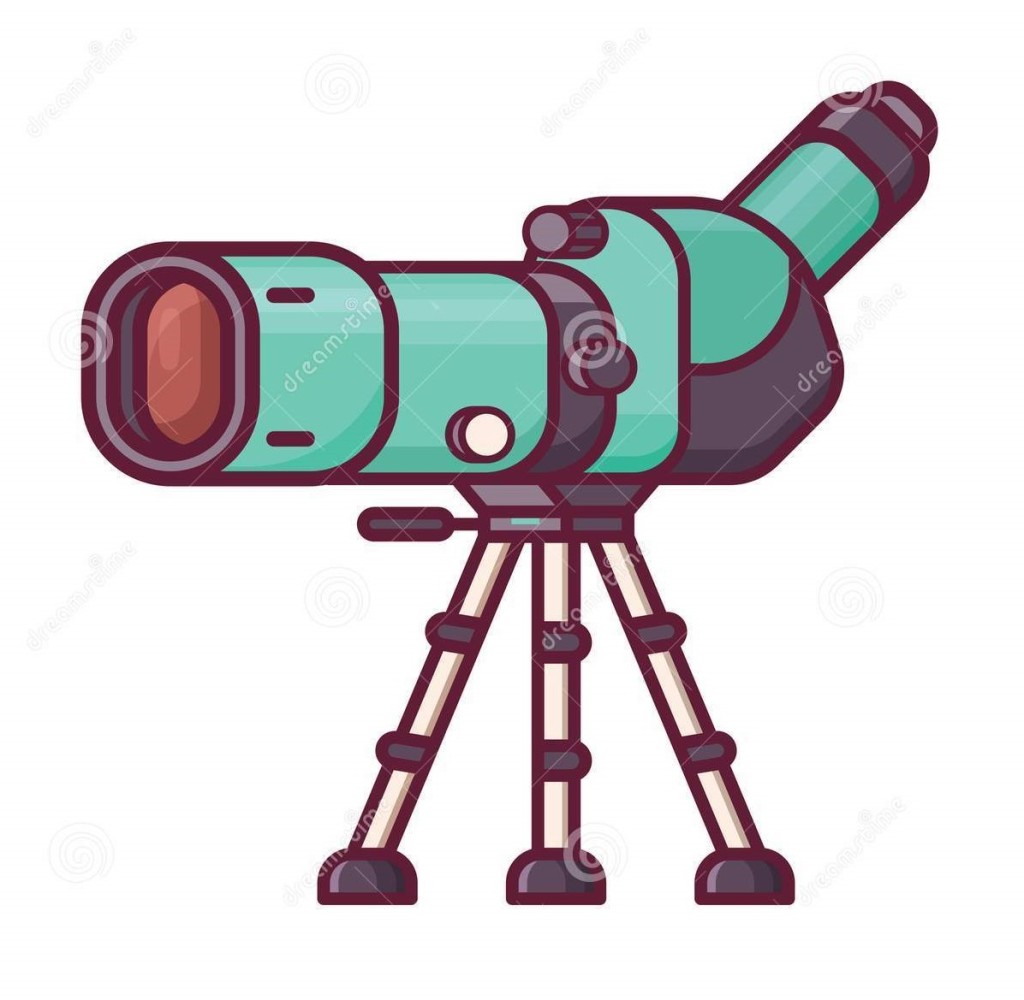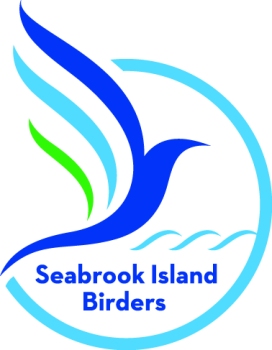Question: I would like to give my daughter a “spotter” for Christmas. Any recommendations of best brands, etc.?
Thanks,
Lee Hurd, SIB Member

While binoculars are great for viewing birds “up-close”, a spotting scope will allow you to find and distinguish field marks on more “distant birds.” You will also be able to view plumage you cannot see through binoculars on “close-up” birds. Some spotting scopes can be adapted to attach your smartphone or digital camera.
Spotting Scopes are not astronomy telescopes; they are medium range telescopes. They are either “fixed” magnification where you change eyepieces or single zoom eyepieces with magnification power, usually between 15x and 60x. Zoom eyepieces are recommended for birding as they allow scanning at low power and a convenient shift to higher power to view details. Make certain your spotting scope is waterproof.
Quality spotting scopes are made with HD (high density) or ED (extra-low dispersion) glass. These allow better brightness and image clarity over standard glass. Light gathering capacity is indicated by the size of the lens furthest from the eyepiece, usually between 50mm and 100mm. Larger “objective lenses” provide brighter images but are slightly heavier to carry. Like most binoculars, choose a spotting scope with adjustable “eye relief” mechanism for eyeglass wearers.
Spotting scopes are configured for either straight thru viewing or 45-degree angled eyepieces. Straight-thru viewing is preferred by people who wish to “stand up straight” when viewing and easily locate and follow a bird. Birders, however, generally favor 45-degree eyepieces as they allow for shorter tripods (more stable) and are more convenient if you are sharing with a group of people of different heights. Look for a rigid, sturdy tripod with flip-locks on the legs to adjust easily on uneven ground. The importance of the right tripod should not be ignored when making your decisions.
In summary for birding, look for a zoom eyepiece lens and a “objective lens” of at least 60mm to provide a bright image; 85mm if you plan on attaching your smartphone or digital camera. A spotting scope with these specifications will generally weigh around 4lbs. I researched Vortex 20-60×85 scopes online and found a good quality scope will cost around $500. If you are willing to spend $1,000-$1,600, you can purchase an excellent quality spotting scope. Your tripod choice needs to be light enough to carry but sturdy enough to withstand wind conditions and not move. With the spotting scope and tripod, you will be carrying between 8lbs to 12lbs of equipment.
Since this is a major purchase, spend some time on the internet researching your options for both scopes and tripods. A Google search on “Spotting Scopes for Birding” will find not only features to consider but vendors and makes available. Just a few are:
- The source for much of the information in the article was “How to Choose a Spotting Scope” published by The Cornell Lab dated April 6, 2007
- “Spotting Scopes & Accessories” by B&H Photo
- “Best Bird Watching Spotting Scopes 2021” by Birdwatching-bliss.com
Seabrook Island Birders has a donated Leupold 15-45×60 straight thru viewing spotting scope that you can borrow and try out. While out birding with others, ask to look thru their scopes and perhaps volunteer to carry their scopes and tripod around to get a feel for the weight of the combined unit you will be carrying.
Submitted by: Dean Morr



Terrific article. So complete.
LikeLike
I went through this process a few years back. Eye relief is one of the questions you should have before buying/trying a better choice. Especially true if you wear any king of glasses while birding. Insufficient eye relief will result in a dark grey ring inside your viewing circle. From what I was able to find out, persons wearing glasses should have 17mm or more. Some manufacturers are not honest with their eye relief numbers- all the more reason to try the scope. Straight body vs angled scope important too. Angled scopes, which I bought are harder to find the birds with- harder to “sight” this is particularly true with flying birds like hawks during migration what I enjoy most. Here are some excellent scopes to choose from, some are very expensive comparatively speaking. However, none will be a disappointment: KOWA 883- the one I settled upon and very pleased with it. Zeiss, Leica, Swarovski, Nikon, Vortex. Vortex being the best value among scopes, IMHO. At Cape May each year I see many persons with many scopes. None are disappointed with any of these brands. Cornell Lab and others do scope tests periodically. Pay more attention to them and less to various dealers, some of whom are vested in certain companies. Hope it helps. By the way, get a good tripod too. Good scope on unstable tripod, useless.
Sent from my iPhone
>
LikeLike
One additional comment. I have used the Cape May optical shop and The Audubon shop out of Conn. Both highly reputable and will save you much money- no tax on sales… unless you reside in those respective states.
Sent from my iPhone
>
LikeLike
This article provides a great breakdown of choosing a spotting scope for birding! The recommendation for a zoom eyepiece and a minimum 60mm objective lens aligns perfectly with my setup. While Vortex spotting scopes are known for their excellent optics, I’m happy with the image quality and affordability of my current scope. Thanks for the helpful tips!
LikeLike